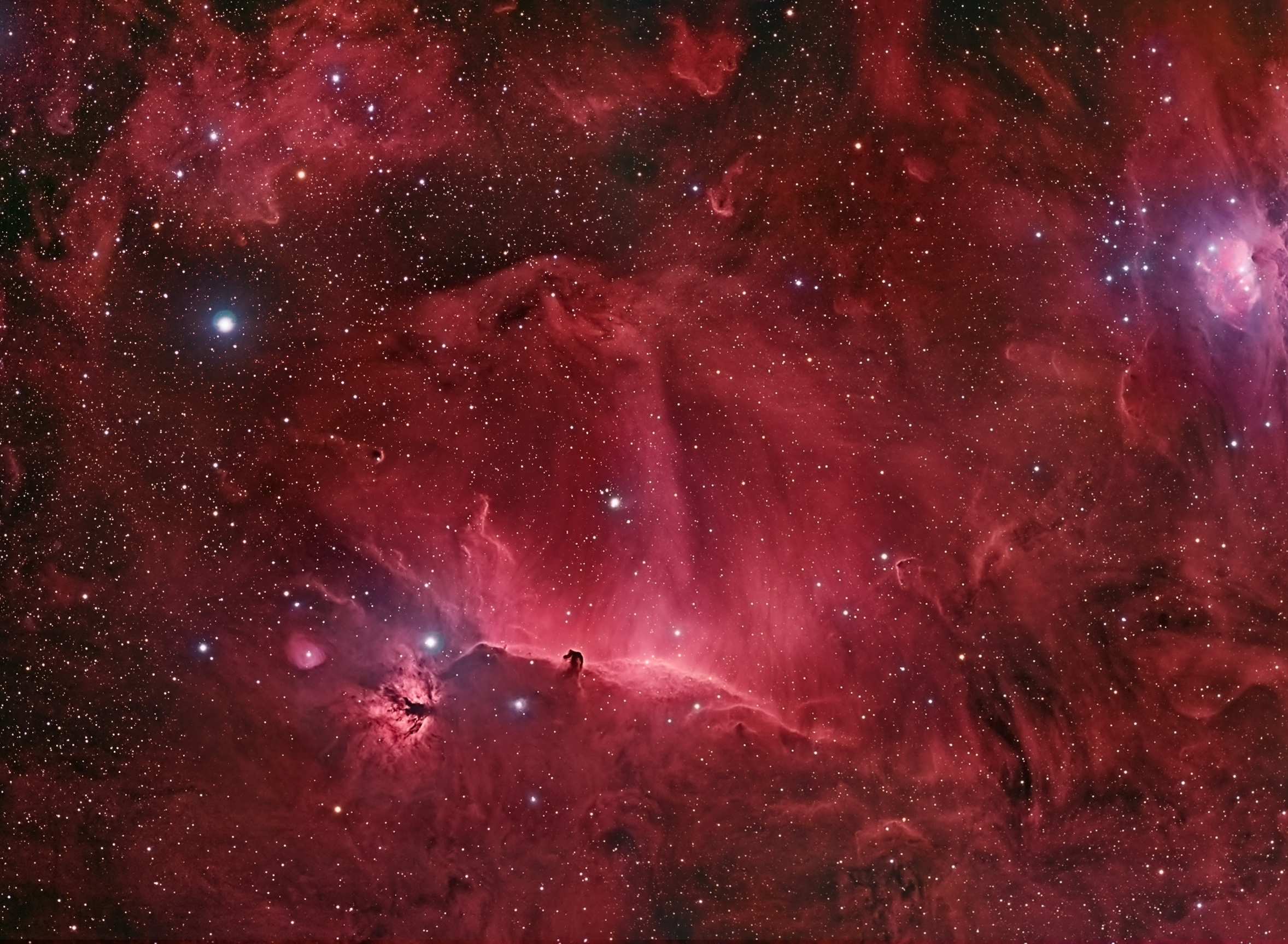 Meteor showers typically are strongest after midnight, when the Earth's 'front face' is moving directly into the meteor stream as the Earth moves in its orbit around the Sun. In addition, many meteor showers have a peak where the meteor stream is strongest. This year, North America is well positioned for the Quadrantid peak. For those of us on the west coast of the US, the peak should start around 11:00 pm on Tuesday January 3rd, and continue into the morning hours of Wednesday the 4th. You can read more about the meteor shower peak in an excellent article from the American Meteor Society. The Quadrantid 'radiant' is near the handle of the Big Dipper, which will be high in the sky in the morning hours.
Meteor showers typically are strongest after midnight, when the Earth's 'front face' is moving directly into the meteor stream as the Earth moves in its orbit around the Sun. In addition, many meteor showers have a peak where the meteor stream is strongest. This year, North America is well positioned for the Quadrantid peak. For those of us on the west coast of the US, the peak should start around 11:00 pm on Tuesday January 3rd, and continue into the morning hours of Wednesday the 4th. You can read more about the meteor shower peak in an excellent article from the American Meteor Society. The Quadrantid 'radiant' is near the handle of the Big Dipper, which will be high in the sky in the morning hours.Viewing the shower is easy. From 11:00 pm until 2:00 am (west coast time), face east as the radiant rises and climbs into the night sky. Later in the night, after 2:00 am, the Moon will be low and then set, and the best view will be directly overhead, ideally lying on your back in a dark location with a sleeping bag and warm clothing - it will be cold! In San Francisco, I find that I can see many meteor showers from my own backyard, despite being in a big city. The two important things to do are (a) find a location where streetlights and houselights are not shining in your eyes, and (b) allow for 10-15 minutes to fully dark-adapt to the night sky, and then you can expect to see meteors. If you just look outside for 1 or 2 minutes and don't see any, you should not be surprised. Meteor viewing requires patience and a little bit of planning. But the investment of time is worth it, because meteors are such beautiful cosmic things. I wish you clear skies and good viewing!
Image courtesy EarthSky.













































